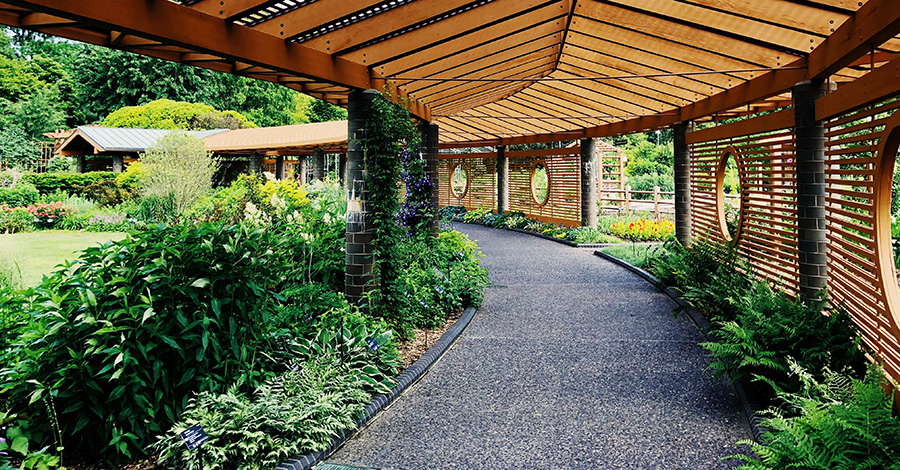Everything you need to know about funding public spaces:
Public Spaces Matter
The importance of public spaces—urban parks, multi-use green spaces, conservatories—has never been greater. Green spaces offer critical solutions to 21st-century challenges; they improve mental and physical health, enhance our air and water, attract residents and businesses, benefit local economies through increased tourism and spending, and build community as spaces of diversity and inclusion. True to their nature as “public goods,” these places benefit all.
History
The concept of green spaces began in the mid-19th century to provide respite from the bustle of urban life. Their popularity grew along with the U.S. population. However, when residents began to move away from cities, public spaces suffered from limited upkeep and deferred infrastructure investment. The question of accountability complicates the situation: many green spaces are overseen by nonprofit entities (e.g., conservancies), but also involve partners and funders such as public entities: local, county, even state government organizations. With so many players, the lines regarding funding for upkeep and improvements are often quite blurry.
The Public Space Renaissance
According to a report by the City Parks Alliance and study by the Brookings Institution, demand for green spaces is increasing. So is the need for revitalized or new facilities. To answer the call, many public space oversight organizations (e.g., nonprofit conservancies) are considering fundraising campaigns to fund critical capital improvements or sustain ongoing maintenance.
To answer the call, many public space oversight organizations are considering fundraising campaigns.
For many, the process begins with a feasibility study…
Prepare for the Path Forward
A comprehensive feasibility study assesses your organization’s campaign readiness—the appeal of your plans, the availability of volunteer leadership, the potential to secure pacesetting gifts. The study’s findings and recommendations will create a roadmap forward. For those organizations who oversee public spaces, the feasibility study should consider…
- Priorities – Professional opinions, informed budget estimates, and proforma infrastructure plans (via engineers, landscape and construction architects, and park maintenance staff) are vital to determine funding priorities. Combine this with cost estimates and expense trends for maintenance looking forward. Sustainability must be considered as well—most organizations benefit greatly from a healthy endowment.
- Consensus – The public and private partners who manage the space must be in alliance. They must agree on the critical needs, priorities, and guiding vision for the path forward.
- Case – A strong case statement clearly articulates the campaign priorities and connection to the mission. It serves as the strong, consistent message that substantiates and differentiates the organization and resonates with donors.
- Readiness – A deep dive inside your organization—analyzing your staffing structure and roles, fundraising systems, data analytics, reporting, policies, and more—will help determine if you are ready to venture down that campaign path.
- Discovery – A strategic discovery process—the heart of the study—involves interviews, surveys, and focus groups with donors, leaders, and major giving prospects: the players within your park’s “best friend group.” Keep in mind this may include elected officials who play a role on the public partner side. Through these conversations, consultants can test the appeal of the case, understand the likelihood of giving, identify potential leaders, and provide insight into external factors which may influence campaign success.
- Data – Analyzing historical giving data (and newly learned self-identified campaign giving data!) in the context of national and sector giving trends helps provide a forecast model for your proposed campaign goal. A comparison to similar public spaces nationally is also very informative.
Your Partner in the Park
While some organizations perform studies on their own, experienced outside counsel can provide valuable expertise—and deliver an objective study. This allows for transparent and confidential feedback and insights from study participants. Your counsel should take the time to conduct a comprehensive, data-driven study—as well as the time to thoroughly get to know your organization: from its mission to its broad vision, from staff to key volunteers, from your policies to your CRM system. With the right partner, this work can be a walk in the park.
For more information about funding public spaces, contact us today.







